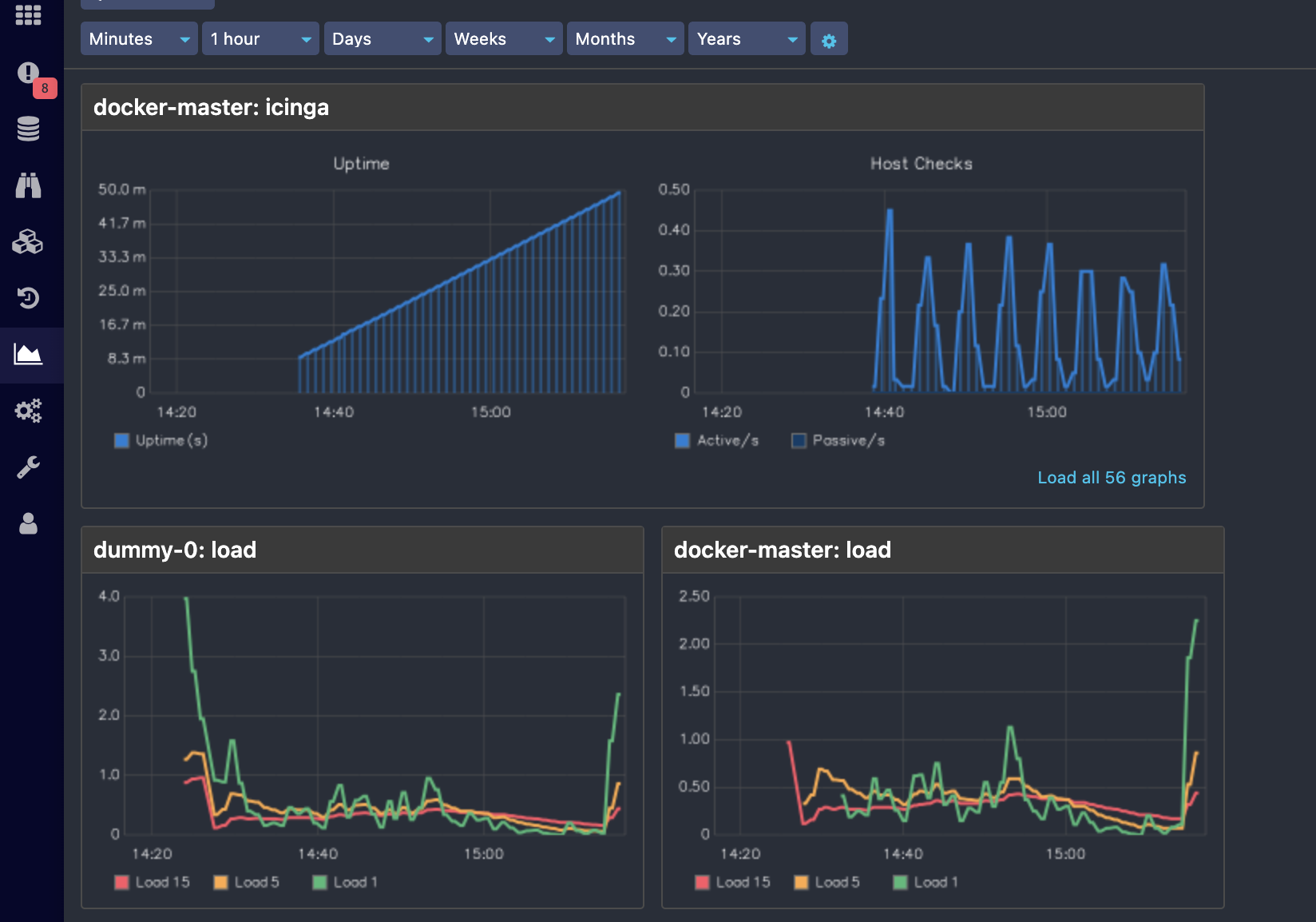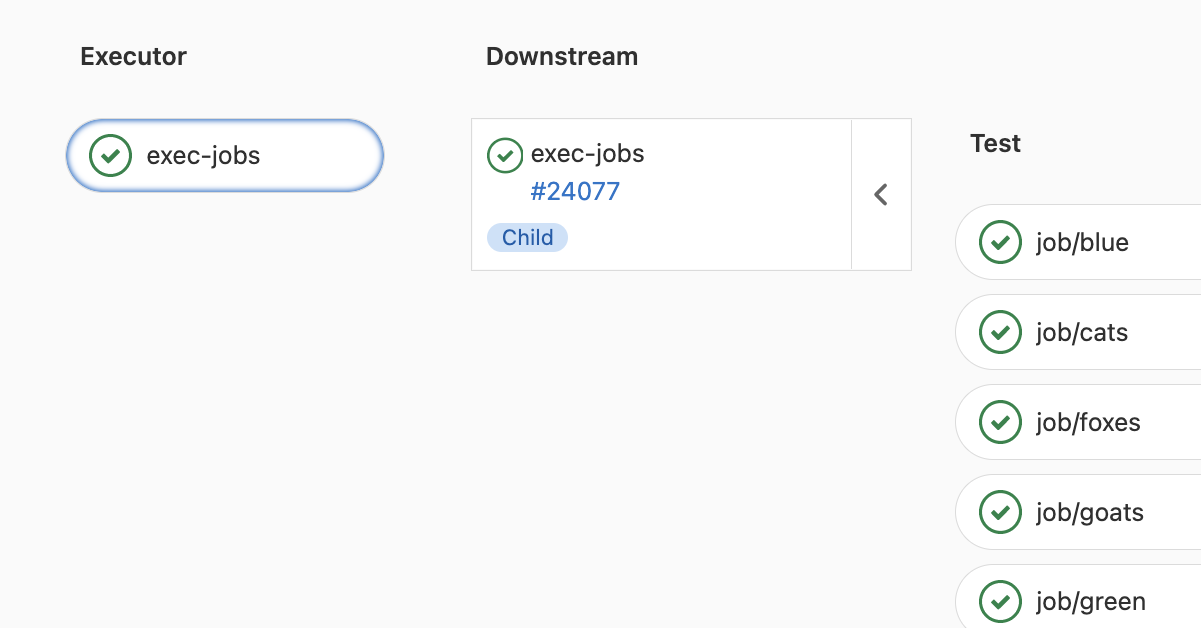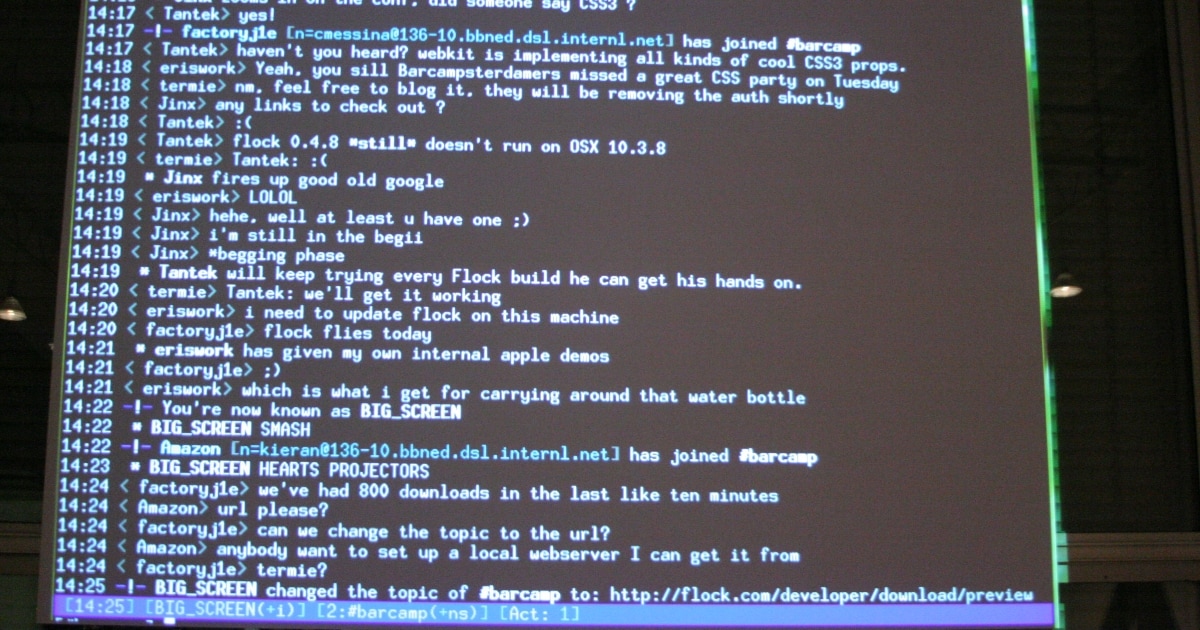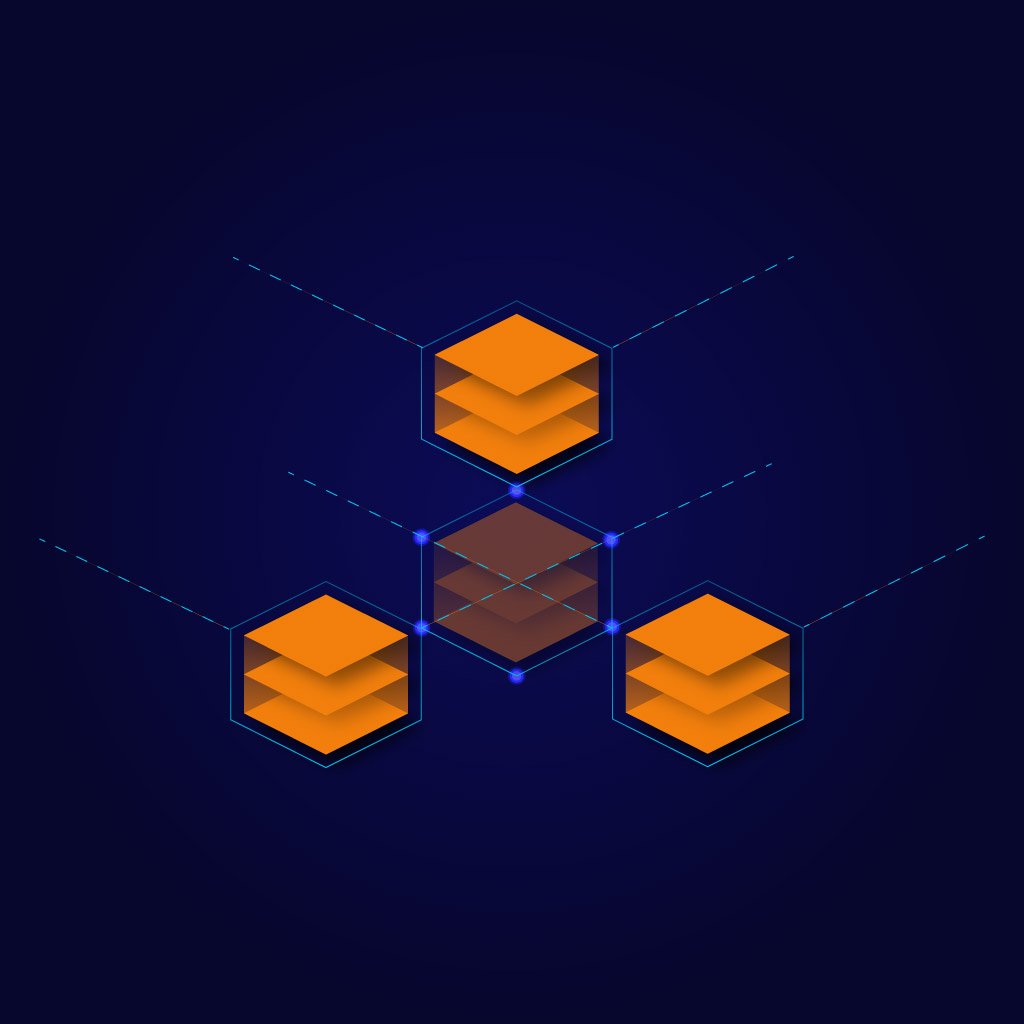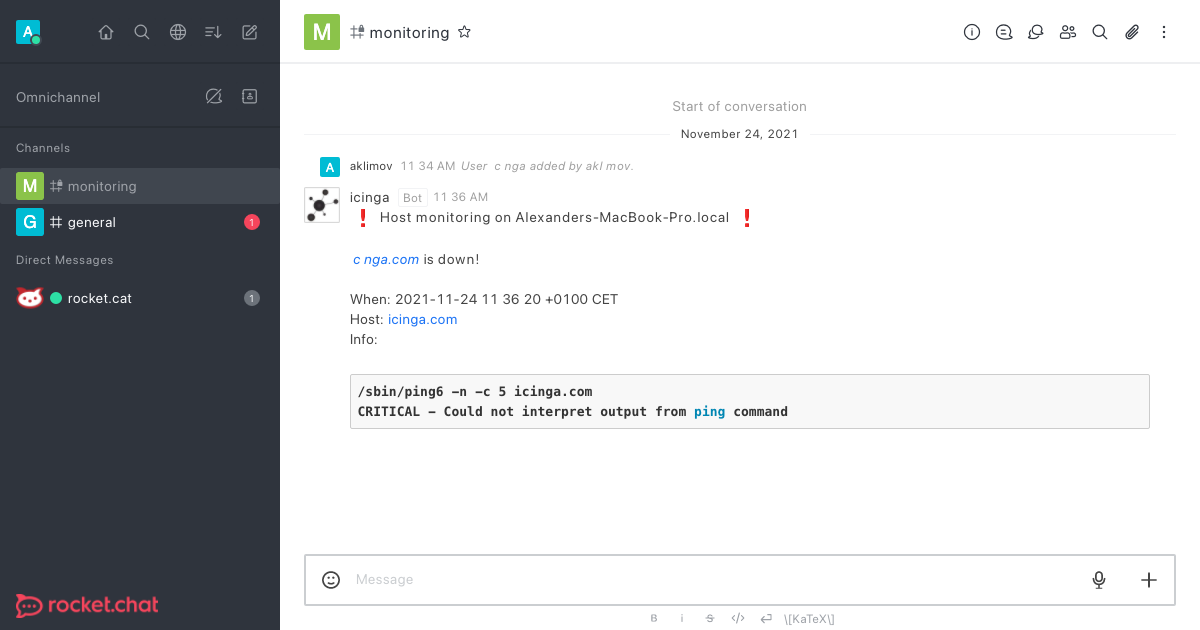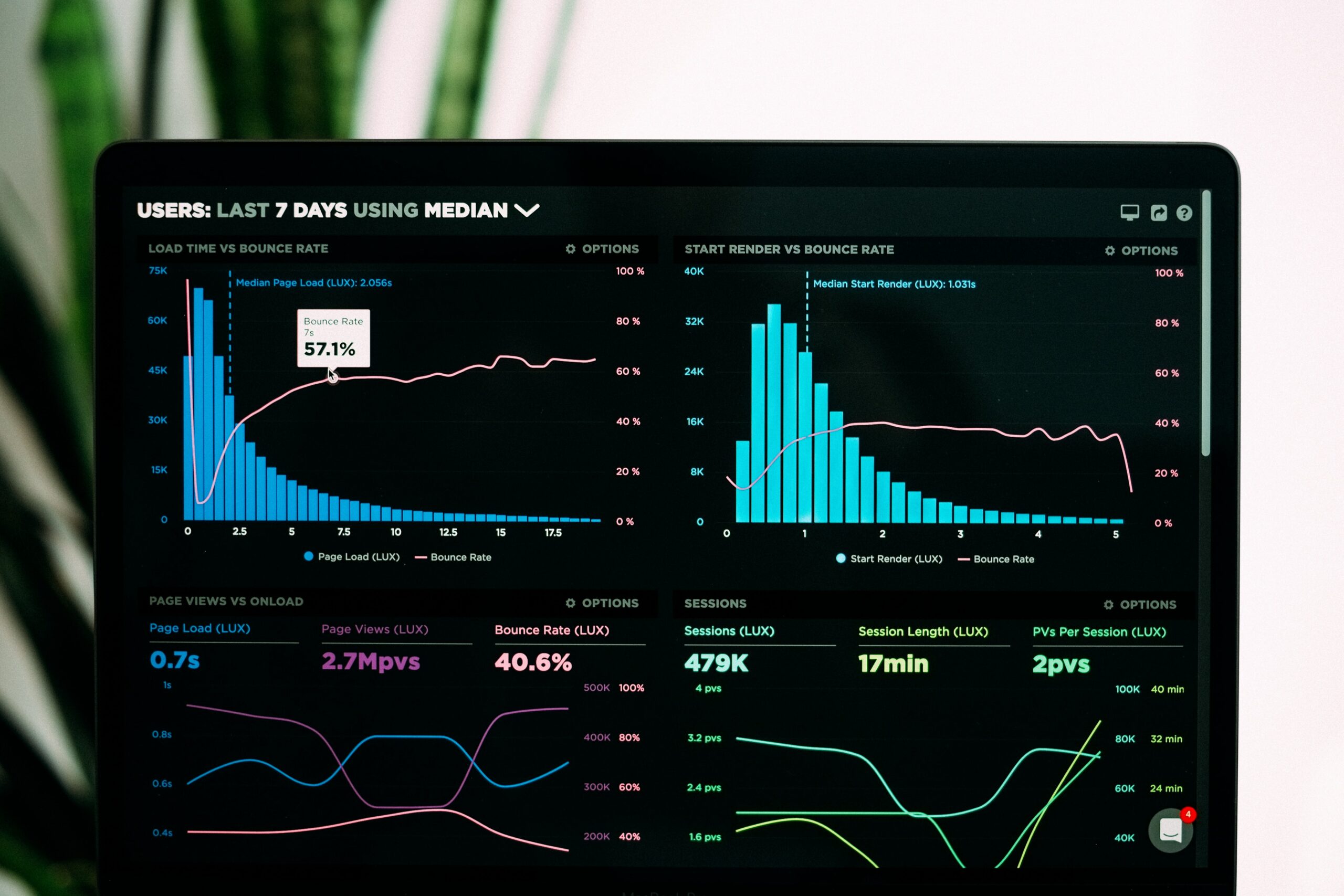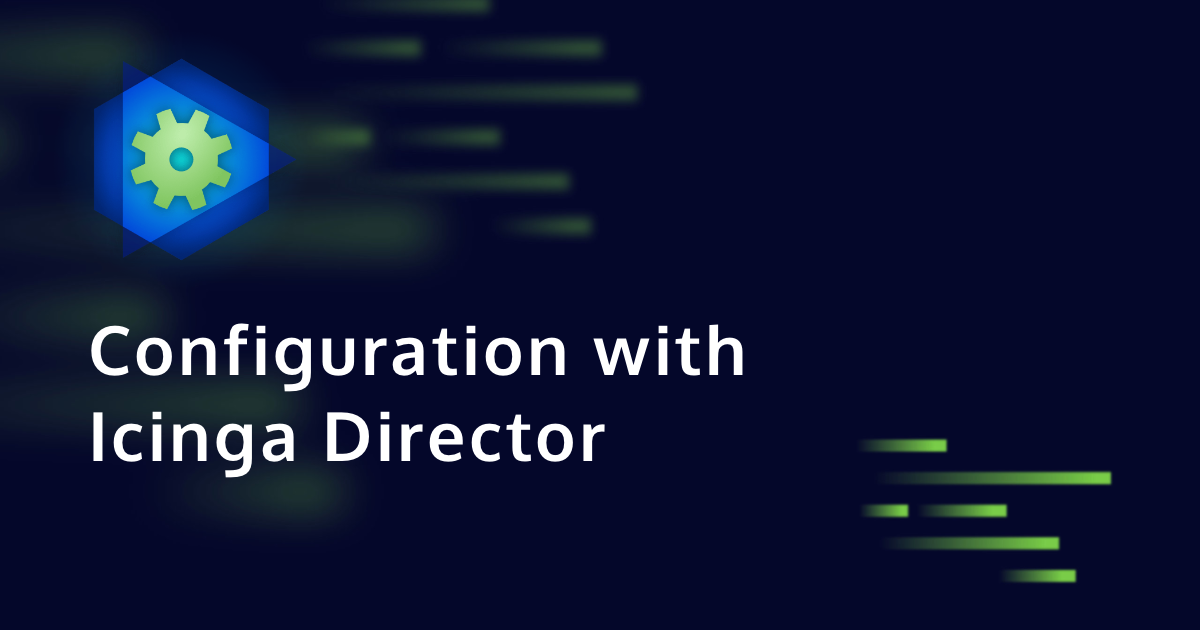Recently I was importing an Icinga configuration for testing purposes. Working with this configuration, I found that there were icon images assigned to the objects. Sadly, those didn’t display,...
Upgrade your monitoring lists with icon images
Recently I was importing an Icinga configuration for testing purposes. Working with this configuration, I found that there were icon images assigned to the objects. Sadly, those didn’t display,...
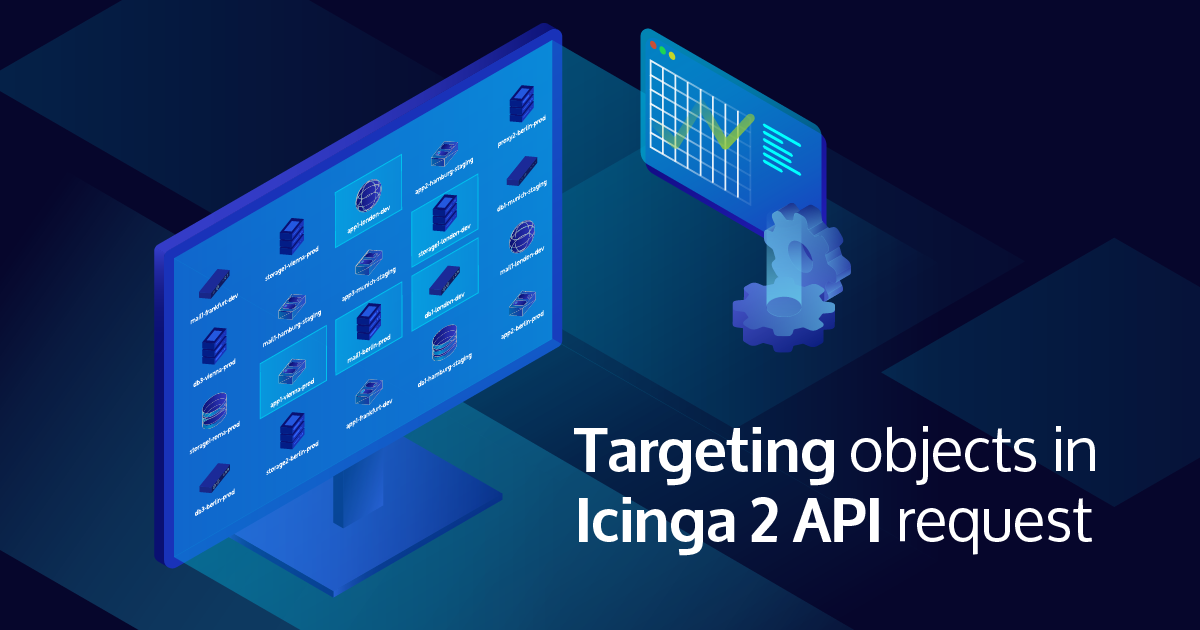
Targeting hosts and services in Icinga 2 API requests
Today, we are going to take a look at the Icinga 2 API and the various ways targets can be specified for different actions, such as querying information or scheduling downtimes. This post focuses on the API request payloads themselves and assumes some familiarity with...
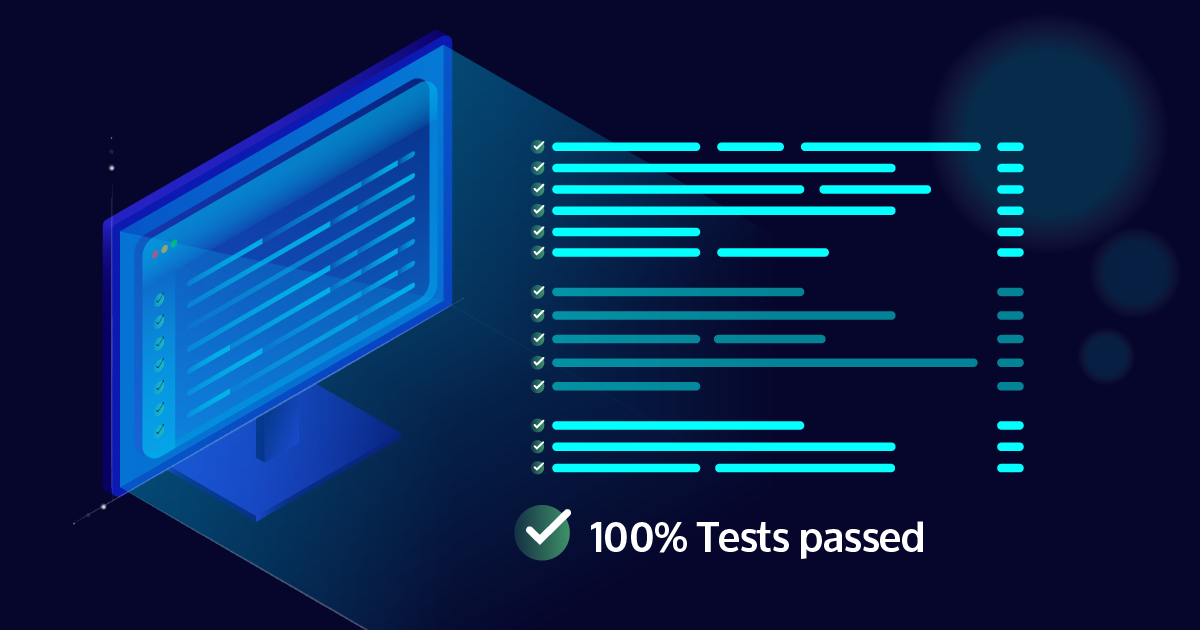
Extending Unit-Testing on Icinga2
Unit-Testing is important Obviously nobody is disagreeing with this. It's just that during ongoing development and while focusing on features and bug-fixes, testing often falls behind in priority, especially when developers would need to write tests for existing or...
How to use path wildcards in Graphite Module
The Graphite module of Icingaweb2 is a great tool for rendering graphs from performance data. The latest version 1.2.0 introduces some bug fixes and new features like dark and light mode support, a lot of new templates, support for path wildcard, etc. The support for...
Parameterizing GitLab CI/CD?
While doing packaging for Icinga, I noticed we have a lot of YAML files describing GitLab pipelines doing very similar jobs. The same build job across different operating systems. That’s wasteful behaviour, which leads to a bigger workload when it comes to modifying...
Icinga 2 IRC notifications. The complete guide
A few months ago I wrote about sending notifications to Rocket.Chat. While that messaging tool is quite powerful, one may also prefer to keep it simple. So let's also address the good old IRC. No test system? No problem! Setting up an IRC daemon is pretty easy:...
Why you need network monitoring?
Network monitoring is a continuous analysis of a network to detect and correct any performance issues. Network monitoring involves collecting network statistics to determine the quality of services offered by the network. With tools like Icinga, it's possible to...
Icinga 2 Rocket.Chat notifications. The complete guide
About one year ago the NETWAYS colleagues showed you how to let Icinga 2 notify users through XMPP/Jabber. Now it's time to also cover the somewhat more fancy Rocket.Chat. No Rocket.Chat? No problem! Setting up a test system is pretty easy: Clone this Git repository...
Installing Additional Modules in the Icinga Web 2 Docker Container
The Docker images we provide for both Icinga 2 and Icinga Web 2 already contain quite a number of modules. For example, the Icinga Web 2 image contains all the Web modules developed by us. But one of the main benefits of Icinga is extensibility, so you might want to...
How to monitor a web server running NGINX|httpd
Web servers are software services that store resources for a website and then makes them available over the World Wide Web. These stored resources can be text, images, video and application data. Computers that are interfaced with the server mostly web browsers...
How to monitor your first Host with Icinga Director
Creating a new Host within the Icinga 2 configuration files is fairly easy. Basically you only have add an object of the type "Host" to a config file and reload Icinga 2. Doing the same with Icinga Director is even easier, you don't even have to bother with terminal...
Keeping up with Icinga Web Permissions and Restrictions
This blogpost is a followup to the blogpost Icinga Web permissions and restrictions (how do they work, examples). In Icinga web 2 version 2.9, there are two cool updates to Permissions and Restrictions, namely Role Inheritance and Permission Refusal as explained by...

Subscribe to our Newsletter
A monthly digest of the latest Icinga news, releases, articles and community topics.


